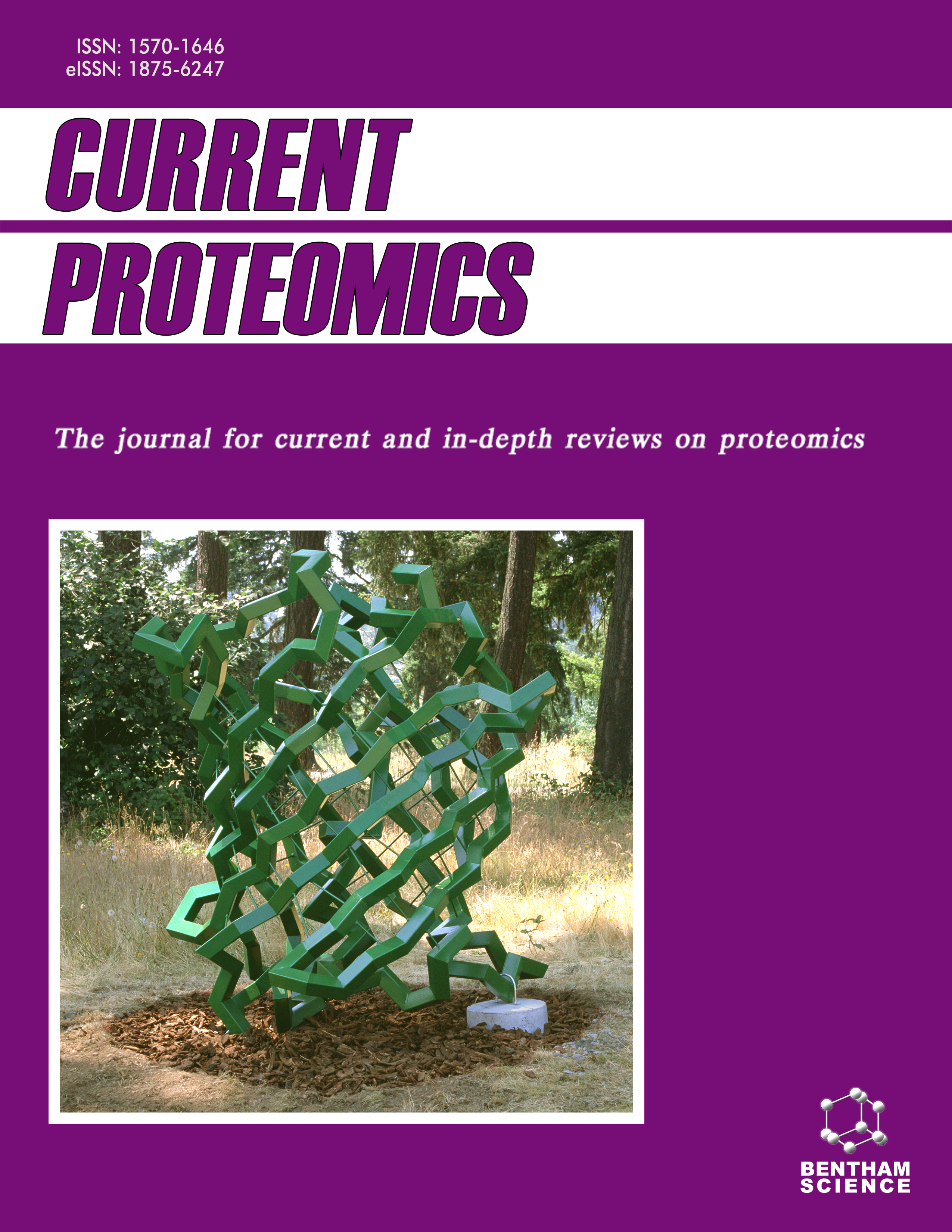-
oa Editorial
- Source: Current Proteomics, Volume 8, Issue 4, Dec 2011, p. 247 - 247
-
- 01 Dec 2011
Abstract
Glycomics and glycoproteomics continue to be highly dynamic and interesting research areas due to the needs to comprehensively understand the biological attributes of glycosylation in many important biological functions such as immune response, cell development, cellular differentiation/adhesion, and host-pathogen interactions. Moreover, aberrant glycosylation for decades has been recognized as the attribute of many mammalian diseases, including osteoarthritis, cystic fibrosis and cancer. This being said, glycomic and glycoproteomic analyses remain to be analytically very challenging mainly due to the high complexity and microheterogeneity of glycosylation processes and machineries. Therefore, more cutting-edge-analytical approaches are needed to allow more comprehensive characterization of glycosylation and subsequently better understanding of its biological roles. The ultimate goal of the research activities in glycomics and glcyoproteomics is the comprehensive characterization of glycoprotein glycosylation sites and microheterogeneity of such sites. Accordingly, several glycomic and glycoproteomic approaches are continuously being refined and developed to facilitate the achievement of this ultimate goal. Since interpretation and processing of glycomic and glycoproteomic data are laborious and time consuming, the development of different bioinformatic tools aiding rapid and automated data interpretation and processing are also immensely needed. The major focus of this issue is to review the most recent progress made in employing mass spectrometry in the fields of glycomics and glycoproteomics. The article of Loubna A. Hammad and Yehia Mechref reviews the utility of mass spectrometry for the quantitative determination of monosaccharides associated with glycoconjugates, while that of Carol L. Nilsson reviews the progress in utilizing lectin techniques in glycoproteomics. Kathryn R. Rebecchi, Carrie L. Woodin, and Heather Desaire review the recent advances in quantitative glycoproteomics, while recent advances in the structural characterization of carbohydrates by Fourier transform tandem mass spectrometry are reviewed by Wen Zhou and Kristina Hakansson. Advances in the use of mass spectrometry for sulfoglycans and glycosaminoglycans are detailed and described by Karlsson et al. and Zaia et al. respectively. Last but not least, the new advances in the development of the much needed bioinformatic tools to aid in handling and interpreting glycomic and glycoproteomic data are authoritatively reviewed by Anoop M. Mayampurath, Chuan-Yih Yu, Yehia Mechref, and Haixu Tang. We believe this hot topic issue will provide a wealth of information to those interested in glycomic and glycoproteomic analyses which are research areas currently filled with excitements and fulfilling enjoyments. We also believe this issue will serve as a reference for those indulged in this very interesting and stimulating area of research known as glycobiology.


